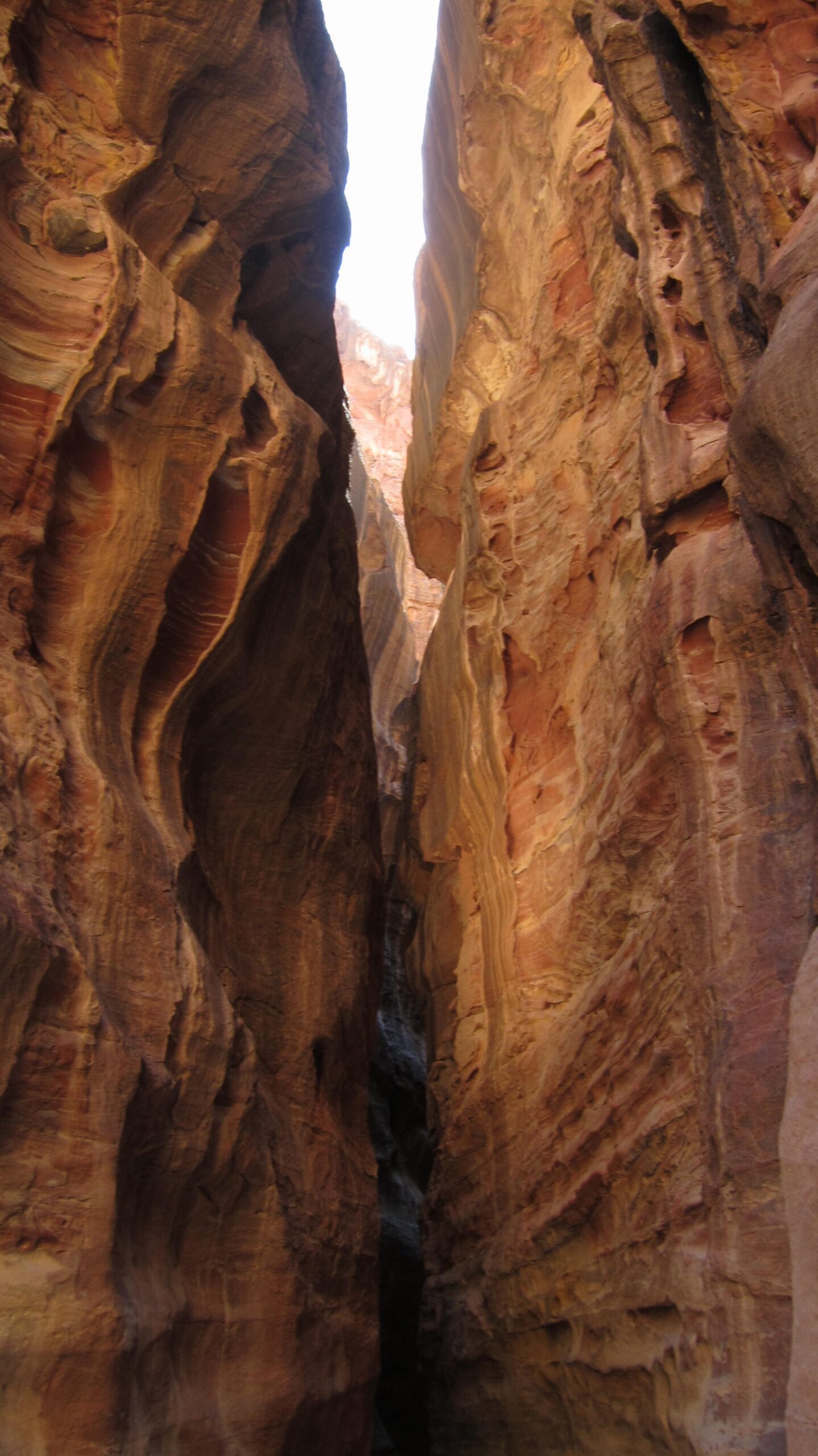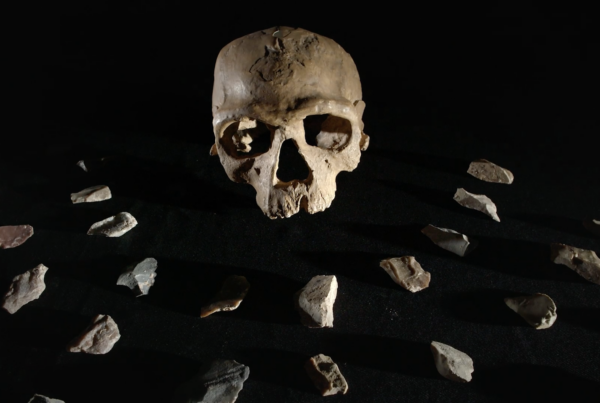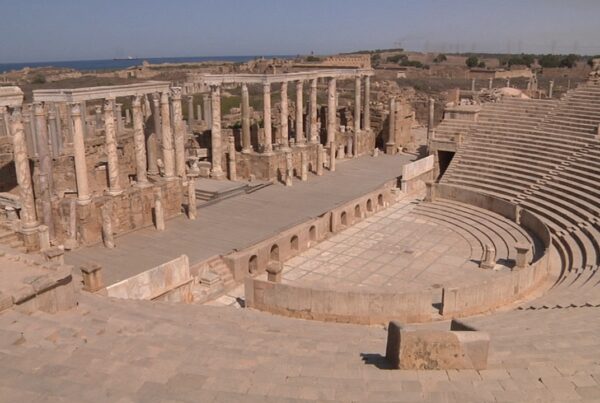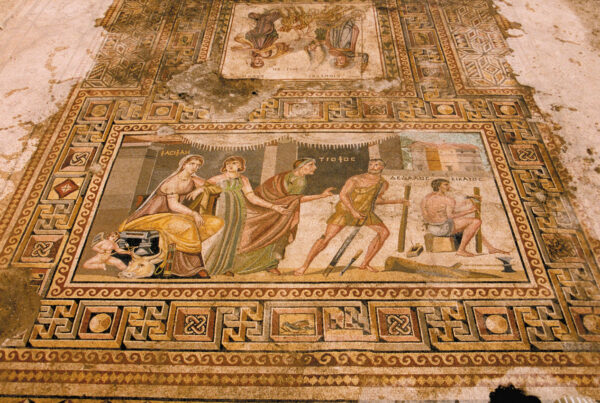Located in the middle of one of the driest places on earth, the civilization of Petra left behind spectacular monuments carved into the sandstone cliffs. We now know that a prosperous and cultivated city of nearly 30,000 people stretched out from the base of the mountains, and that water was abundant. Petra, the capital of the Nabataean kingdom built more than 2000 years ago, is the paradoxical work of desert nomads.
Who were the Nabataeans? Why did they choose this inhospitable site for their capital? How did they master the environment and its meagre resources to build a large city in the middle of the desert and manage food and water for such a large population?
Where did they find the materials and technical expertise to construct these monuments that equaled those of Rome and Alexandria? What are these monuments and why or for whom were they built in the desert?
The number of archaeological excavations in Petra has increased in the last fifteen years, but also in sites located 500 kilometers farther south, in Hegra (Meda’in Saleh) in Saudi Arabia, another large site characterized by similar rock-cut monuments.
The history of Petra, as well as that of the people who built and lived there for nearly 800 years, are gradually emerging from the sand.
- Direction: OLIVIER JULIEN, GARY GLASSMAN
- Production: ZED - Co-producers: PROVIDENCE PICTURES, ARTE, NOVA.







